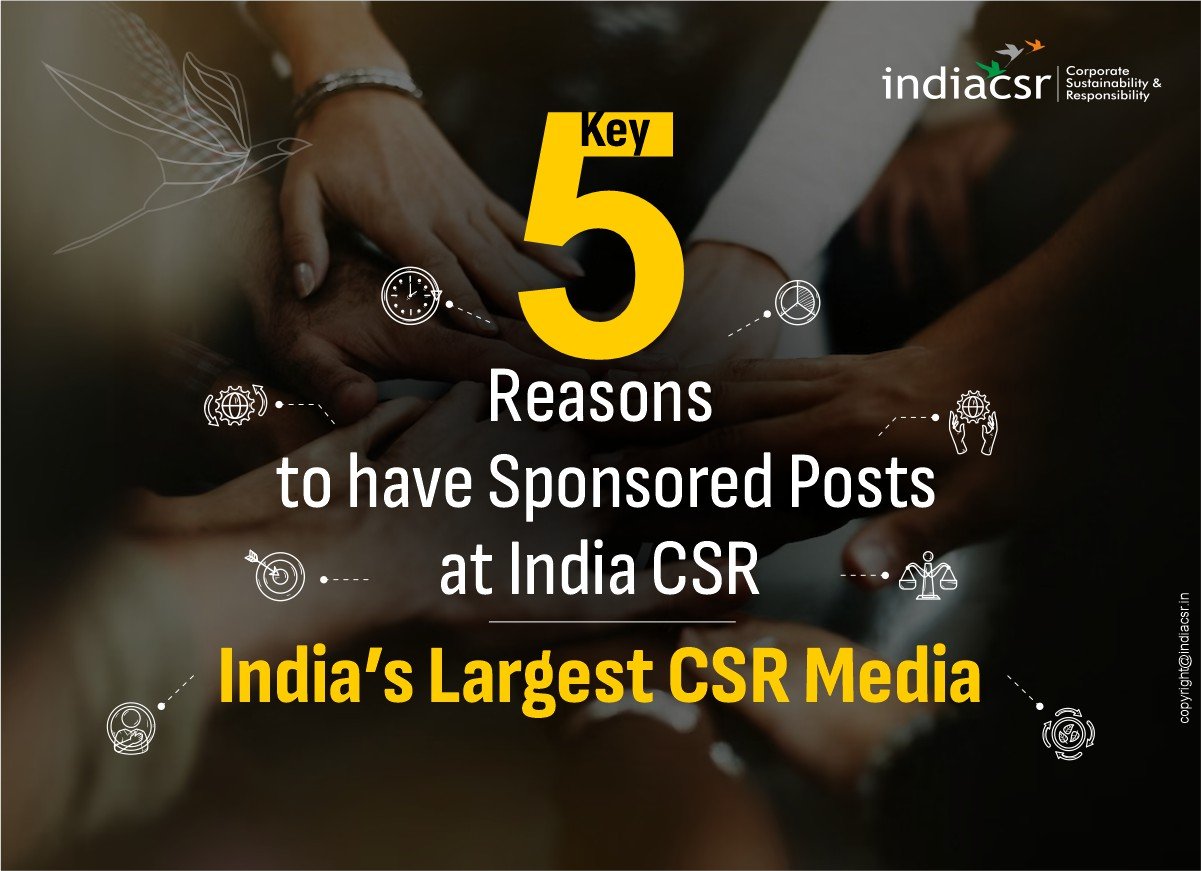In a country as diverse as India, insurance awareness often gets lost in translation, leading to numerous misconceptions about term insurance. Despite being one of the most straightforward financial products, term insurance remains shrouded in myths that prevent many Indians from securing adequate protection for their families. If you’ve been hesitant about purchasing term insurance or confused about how it works, this article will help clarify some common misunderstandings and present the factual information you need to make informed decisions.
The “Insurance is an Investment” Misconception
One of the most persistent myths in India is that all insurance products should provide returns like investments. This misconception has led many people to overlook term insurance, considering it a “waste of money” since it offers no maturity benefits if you survive the policy term.
The fact: Term insurance calculator is designed with a single purpose—to provide financial protection to your dependents in case of your untimely demise. Unlike endowment or ULIP policies, term insurance is pure protection without investment components, which is precisely why it offers significantly higher coverage amounts at much lower premiums.
For example, a 30-year-old non-smoking male in Mumbai can secure a ₹1 crore term coverage for as little as ₹8,000-12,000 annually, whereas an endowment policy with the same coverage might cost ₹80,000-1,00,000 per year. This stark difference exists because term insurance focuses exclusively on risk protection rather than returns.
Think of term insurance like renting a security system for your family’s financial future. You don’t expect the security company to return your monthly fees if no theft occurs—you pay for the protection and peace of mind it provides.
“I’m Too Young to Need Life Insurance”
Many young professionals in India delay purchasing term insurance, believing that life coverage is only necessary when you’re older or have significant family responsibilities.
The fact: Purchasing term insurance early in life offers multiple advantages. First, premiums are substantially lower when you buy young and healthy. A 25-year-old typically pays 50-60% less in premiums compared to someone who purchases the same coverage at 40.
Consider Vikram, a 26-year-old software engineer from Bangalore who purchased a ₹1 crore term plan for approximately ₹8,000 per annum. If he had waited until age 35, the same coverage would likely cost him around ₹12,000-14,000 annually. By starting early, he not only secured coverage at a lower rate but locked in that rate for the entire policy term.
Additionally, younger individuals in India are increasingly becoming primary breadwinners and taking on financial responsibilities such as supporting parents, repaying education loans, or planning for marriage. Unexpected tragedies can create significant financial burdens for families, making term insurance essential regardless of your age.
“My Employer’s Life Insurance Is Sufficient”
Many corporate employees in India’s bustling IT, banking, and other service sectors believe that the group life insurance provided by their employer eliminates the need for individual term coverage.
The fact: While employer-provided life insurance is valuable, it’s typically insufficient and impermanent. Most employer group policies offer coverage that’s only 2-3 times your annual salary, whereas financial experts recommend life coverage of at least 10-15 times your annual income.
Moreover, your coverage terminates when you change jobs, potentially leaving you unprotected during transition periods. This can be particularly problematic if your health deteriorates in the meantime, making new insurance more expensive or difficult to obtain.
Take the case of Priya, a 38-year-old marketing professional from Pune who relied solely on her company’s ₹25 lakh group coverage. When she was diagnosed with diabetes, she decided to purchase additional personal term insurance but faced significantly higher premiums due to her health condition. Had she purchased term insurance earlier, she would have secured better rates before the diagnosis.
“Insurance Companies Don’t Pay Claims”
Perhaps the most damaging myth about term insurance in India is that insurers look for reasons to reject claims, making the product unreliable.
The fact: The insurance regulatory body in India (IRDAI) reports that the claim settlement ratio for term insurance policies has consistently improved over the years. Leading insurance companies in India now boast claim settlement ratios above 98%, meaning they honor nearly all legitimate death claims.
The key to ensuring claim settlement is providing complete and accurate information during the application process. Most claim rejections occur due to non-disclosure of important health information or lifestyle habits like smoking or alcohol consumption.
For instance, when Rajesh from Chennai passed away unexpectedly at 42, his family received his ₹75 lakh term insurance payout within 15 days because he had been transparent about his medical history during the application process, despite his slightly elevated blood pressure.
FAQs About Term Insurance
1. Is term insurance worth it if I outlive the policy term?
Yes, term insurance is worth it even if you outlive the policy. Its primary purpose is protection, not returns. If you outlive the policy, it means you’ve successfully protected your family throughout the risk period, that’s a positive outcome, not a loss.
2. How much term insurance coverage should I buy?
Financial experts recommend purchasing term insurance coverage that’s at least 10-15 times your annual income. Additionally, factor in specific financial obligations like outstanding loans, children’s education, and your family’s living expenses.
3. Can I purchase multiple term insurance policies?
Yes, you can purchase multiple term insurance policies from different insurers. However, you must disclose all existing policies when applying for a new one. At claim time, all policies will pay out independently if premiums were maintained.
4. Should I opt for term insurance riders like critical illness or accidental death benefit?
Riders can provide valuable additional protection, but they also increase premiums. Critical illness riders, for instance, offer a lump sum if you’re diagnosed with specified serious conditions. Evaluate your specific needs and health history before adding riders.
5. How does inflation affect my term insurance coverage?
The coverage amount that seems adequate today may not be sufficient 15-20 years later due to inflation. Consider purchasing a higher coverage amount than currently needed or look for policies with increasing cover options that adjust for inflation over time.
Conclusion
Term insurance stands as one of the most straightforward yet misunderstood financial products in India. By separating myths from facts, you can make more informed decisions about protecting your family’s financial future. Remember that term insurance is primarily about protecting your loved ones from financial hardship in your absence, any premium paid toward this security is money well spent, even if you never need to use the policy.
If you haven’t already, consider evaluating your life insurance needs and exploring term insurance options that align with your family’s requirements. The peace of mind that comes from knowing your loved ones are financially protected is truly priceless.
📢 Partner with India CSR
Are you looking to publish high-quality blogs or insert relevant backlinks on a leading CSR and sustainability platform? India CSR welcomes business and corporate partnership proposals for guest posting, sponsored content, and contextual link insertions in existing or new articles. Reach our highly engaged audience of business leaders, CSR professionals, NGOs, and policy influencers.
📩 Contact us at: biz@indiacsr.in
🌐 Visit: www.indiacsr.in
Let’s collaborate to amplify your brand’s impact in the CSR and ESG ecosystem.





























